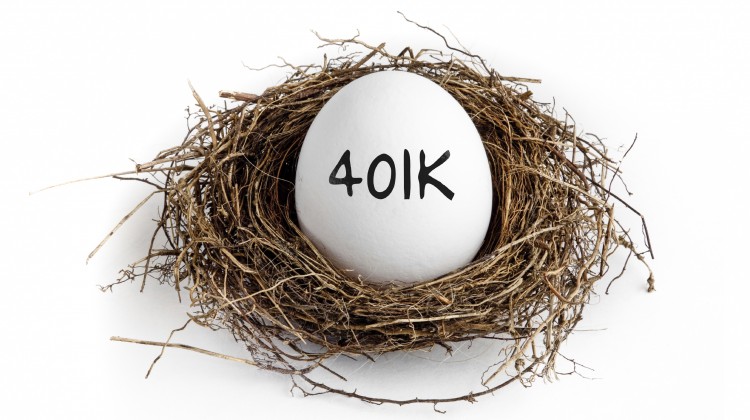Differences Between Roth and Traditional 401(k)
- November 19, 2015
- proven
- Investment
- 0 Comment
The key differences between a Roth 401k and a traditional 401k account:
Contributions to a traditional 401k account aren’t subject to federal and state income taxes for the year during which you make the contributions. When you withdraw your accumulated contributions plus investment earnings in retirement, you’ll pay ordinary income taxes at the federal and state income tax rates applicable to you at that time.
It’s the other way around with a Roth 401k account. Contributions are subject to federal and state income taxes in the year you make the contributions. Withdrawals of accumulated contributions and investment earnings at retirement aren’t subject to income taxes.
Traditional 401k accounts are subject to a required minimum distributions (RMD) when you reach age 70-1/2. At that time, you need to withdraw the minimum amount each year, and the amount you withdraw is included in your taxable income. Roth 401k accounts aren’t subject to the RMD.
With a traditional IRA, you pay the taxes on the back end – that is, when you withdraw the money in retirement. But, in some cases, you may escape taxes on the front end – when you put the money into the account.
With a Roth IRA, it’s the exact opposite. You pay the taxes on the front end, but there are no taxes on the back end.
With a Roth IRA, you can leave the money in for as long as you want, letting it grow and grow as you get older and older. With a traditional IRA, by contrast, you must start withdrawing the money by the time you reach age 70½.
Traditional 401(k)
Contributions are made on a pre-tax basis: an employer takes money out of a pay check and transfers it in the employee retirement plan before withholding taxes. When the employee begins to take distributions, he/she will pay normal income tax on those distributions, and the income tax will be based on the employee’s tax bracket at the time of the distribution.
Roth 401(k)
Contributions are made after an employer withholds taxes. Because the employee already paid taxes, he/she will not owe taxes on distributions. (However, if an employee receives a company match on a Roth contribution, the company match is a pre-tax contribution. The funds that result from company matches and the associated growth will be subject to regular income tax when distributions are drawn at retirement.) It is noteworthy to mention that employees never owe capital gains taxes on any kind of 401(k) investments.
Here is a simple breakdown of the difference between a Roth 401(k) and a traditional 401(k):
- Traditional 401(k) = income taxes on distributions
- Roth 401(k) = income taxes on contributions
Photo credits: bluehavencapital.com
Read More













